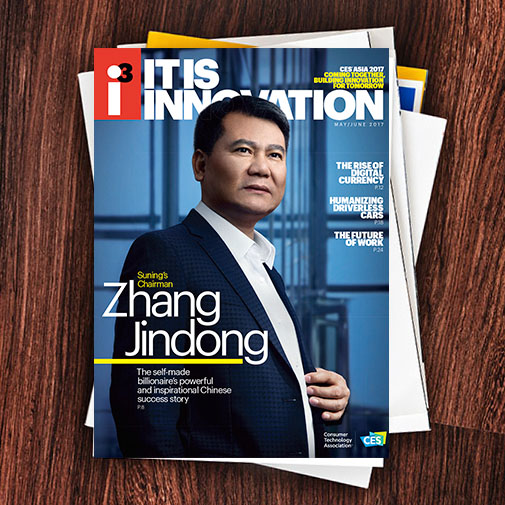As sensors have become smaller and cheaper, IoT features have become more accessible and can collect more data. This gives companies like Ecolife entire systems based around their air purifiers, Vice President and Managing Director Adam Pastuszka says.
Ecolife combines both indoor and outdoor sensors to provide personalized warnings and recommendations about the air around you. Enter an area with too much smog or unhealthy chemicals? A nearby Ecolife would notify you through its phone app that monitors the purifiers. This data can easily be shared or seen by others with Ecolife purifiers, ensuring that a community can stay knowledgeable about their air quality.
EcoLife won CES Asia’s 2017 Innovation Honoree award, and is currently beta testing its product in Poland. The company is in talks to expand to China, California and Spain and plans to launch the device at the end of this year or early next, says Pastuszka.
Those with Asthma could greatly benefit from devices like these. Fortment’s device, for example, features Asthma+, a “special set of AI features” that learns how users control and manage their asthma attacks to help monitor their current status.
Meanwhile, Propeller Health is bringing tech straight to the inhaler. They created a small sensor to attach to the top of inhalers that records when, where and why you use the inhaler, allowing users and their doctors to gain more insight about what triggers their asthma. With the added information, users experienced 70 percent fewer asthma attacks and 50 percent more symptom free days, the website says.
Data like this is an important first step – not only does it give consumers the info they need, but gives scientists the information needed for future research. Payani imagines that researchers or entire cities could use the data to study how to remove the pollutants.
“If we plan to change the air quality and make the world a better place, we need accurate, exact data from millions of places,” Payani says. “And with AI, we can gather as much data as we can correlate.”
With enough information and interest, Ecolife’s Pastuszka imagines that their products could also result in greener decisions in government.
“Smog is a social issue,” he says. “If we create a huge community of hundreds and thousands of people around a similar platform and positive idea, a real difference could be made.”

i3, the flagship magazine from the Consumer Technology Association (CTA)®, focuses on innovation in technology, policy and business as well as the entrepreneurs, industry leaders and startups that grow the consumer technology industry. Subscriptions to i3 are available free to qualified participants in the consumer electronics industry.